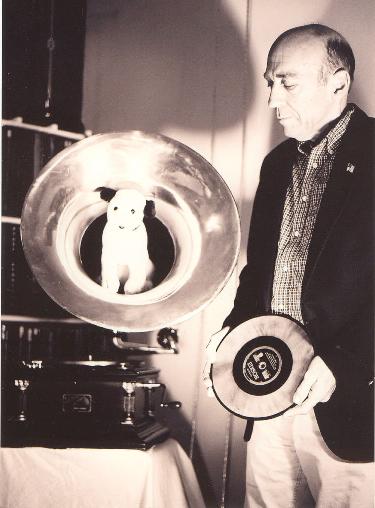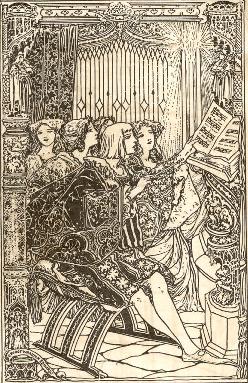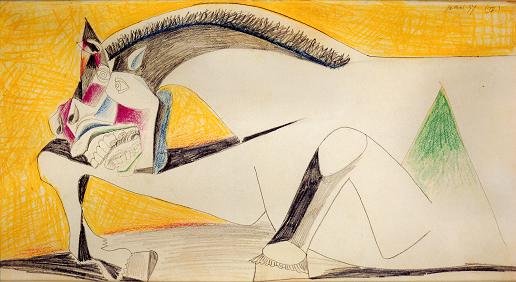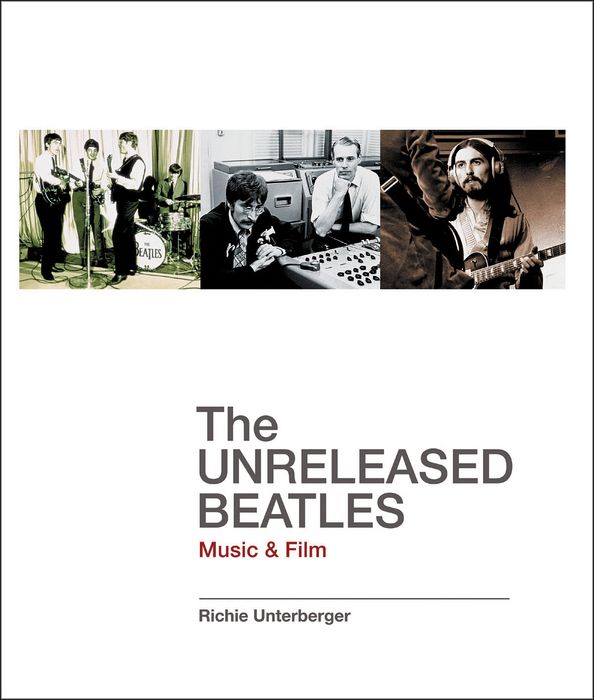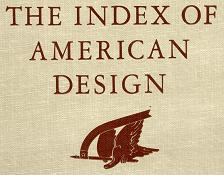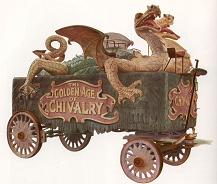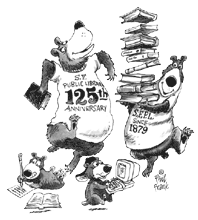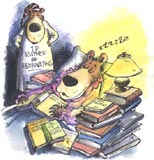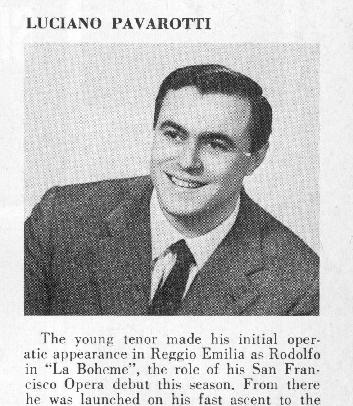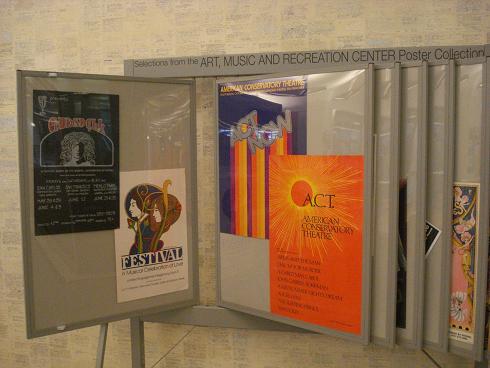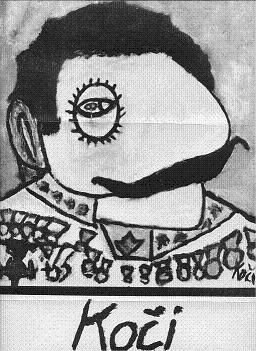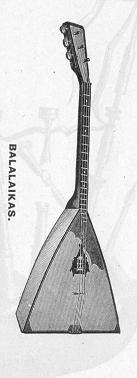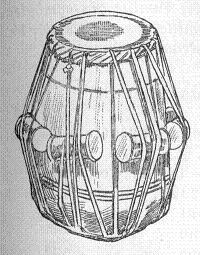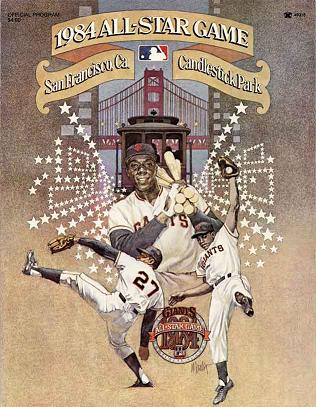Though Italian-American sculptor
Leo Lentelli lived in San Francisco a relatively short time (from 1914 to 1918), he was an active participant in the artistic renewal taking place in the City at that time.
As
San Francisco rebuilt after the 1906 earthquake and fire, the City Beautiful movement was reaching its zenith.
Noted architectural historian
Banister Fletcher in
A History of Architecture has written that proponents of the movement sought to “give form and direction to the rapid development of urban areas, to make them more efficient and more attractive areas.”
In the new
Dictionary of Architecture and Landscape Architecture,
James Stevens Curl also notes that this beautification was part of a civic desire to “enhance prestige and attract wealth” for cities.
 Lentelli's "Water Sprites" in the Court of Abundance at the Panama-Pacific International Exposition (Image from the Bancroft Library, through the Online Archive of California)
Lentelli's "Water Sprites" in the Court of Abundance at the Panama-Pacific International Exposition (Image from the Bancroft Library, through the Online Archive of California)San Francisco’s Palace of Fine Arts and Civic Center are the two principal testaments to the influence of the City Beautiful Movement. The Exposition was a temporary city within the city that emulated the 1893 World’s Columbian Exposition in Chicago that gave birth to the entire City Beautiful movement. The Palace of Fine Arts is the sole remaining structure from the 1915 Panama-Pacific International Exposition. The Exposition grounds were one large indoor and outdoor art exhibition full of sculptures. Many structures also featured mural painting or inlayed sculpture. One of the striking features of art of this event in hindsight was its transitoriness. A. Stirling Calder (the father of Alexander Calder), the Exposition’s Chief of Sculpture, wrote that the sculpture of the Exposition “a passing matter. In a few years, interesting and beautiful as it is, it will be a memory ...”

Leo Lentelli, an assistant to Calder, was one of the contributors to this visual memory with sculptures that today we can view through the Library’s San Francisco Historical Photograph Collection and the Online Archive of California. He did a series of equestrian statues that were part of the Court of the Universe and his sculptures of Water Sprites for the Court of Abundance was well-received. His sculpture “Aspiration” then placed above the door to a gallery of the Palace of Fine Arts caused a stir because of its seemingly precarious position.

"Five Symbolic Figures" Above the Larkin Street Entrance to the Old Main Library (Photograph from the San Francisco Historical Photograph Collection)
The other major City Beautiful project that San Francisco undertook at this time was its Beaux-Arts style Civic Center. Lentelli created “Five Symbolic Figures,” a series of five statues representing Art, Literature, Philosophy, Science and Law, that were placed between the pillars above the entrance to the Old Main Library at Larkin Street. These works, made of cast stone (a cement-like substance) were installed in 1918, the year after the Library opened, and were not intended to be permanent. Sadakichi Hartmann, writing for the Architecture and Engineer in 1918, praised these works for “their sturdiness of conception and attitude, their decorative expression, and a certain swing and freedom of handling.” Unfortunately, by the time the Asian Art Museum renovated the Library these works had deteriorated so much that no attempt was made to retain or restore them.
 Perhaps Lentelli’s most significant contribution to San Francisco was to the design of the "Path of Gold" Light Standards that line Market Street from the Ferry Building to Castro Street. The conception of these standards originated with Willis Polk, the sculpture at the base of the lights was created by Arthur Putnam. Lentelli was responsible for the design of the lighting itself.
Perhaps Lentelli’s most significant contribution to San Francisco was to the design of the "Path of Gold" Light Standards that line Market Street from the Ferry Building to Castro Street. The conception of these standards originated with Willis Polk, the sculpture at the base of the lights was created by Arthur Putnam. Lentelli was responsible for the design of the lighting itself.

"Two Decorative Figures" at the Mission Branch Library, 24th Street and BartlettThere are still a few examples of Lentelli’s work in San Francisco. Visitors to the Mission Branch of the Library will recognize the “Two Decorative Figures” – an image of a boy and a girl holding a book between them - above the 24th Street entrance. Additionally at 111 Post Street (originally the Hunter-Dulin Building) there is a figure of Mercury at the entrance as well as relief medallions representing “The Seasons.”
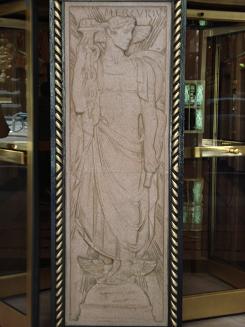
"Mercury" at 111 Sutter Street, San Francisco
Library Resources consulted:
Our department has a very helpful and extensive Vertical File that includes photocopies of several articles and documents about Lentelli. This file includes a copy of Sadakichi Hartmann’s article “An Expression of Decorative Sculpture – Leo Lentelli,” published in The Architect and Engineer volume 52, number 3 (March 1918).
On the sculpture of the Panama-Pacific International Exposition, see Sculpture of the Exposition Palaces and Courts; Descriptive Notes on the Art of the Statuary at the Panama-Pacific International Exposition, San Francisco by Juliet James, and The City of Domes; a Walk With an Architect about the Courts and Palaces of the Panama-Pacific International Exposition by John D. Barry. The A. Stirling Calder quote may be found in “Fine Arts at the Exposition,” the Transactions of the Commonwealth Club of California (Nov. 1915).
The Historic Structure Report, Old Main Library created by Page & Turnbull for the San Francisco Planning Dept. and the Asian Art Museum provides the most detailed information about Lentelli’s “Five Symbolic Figures.”
For the Market Street Light Standards see Splendid Survivors: San Francisco's Downtown Architectural Heritage by Michael R. Corbett. Information about Lentelli’s other public art can be found in A Survey of Art Work in the City and County of San Francisco prepared by Martin Snipper for the Art Commission, City and County of San Francisco.
A footnote:
Some research in the library’s New York Times Historical Database led to the discovery that Lentelli created the sculpted lunette above the entrance to Steinway Hall in New York City at 111 West 57th Street. A December 9, 1990 article describes how this work had been covered by the Manhattan Life company in 1958 and later revealed and restored by new owners in 1990. (Search the database using the terms “lentelli” and “steinway”).
 The Art, Music & Recreation Center has two pages of del.icio.us bookmarks located under "Helpful links" on our blog's sidebar. del.icio.us is a web service that allows its users to create a list of public bookmarks that can be described by subject keywords.
The Art, Music & Recreation Center has two pages of del.icio.us bookmarks located under "Helpful links" on our blog's sidebar. del.icio.us is a web service that allows its users to create a list of public bookmarks that can be described by subject keywords.